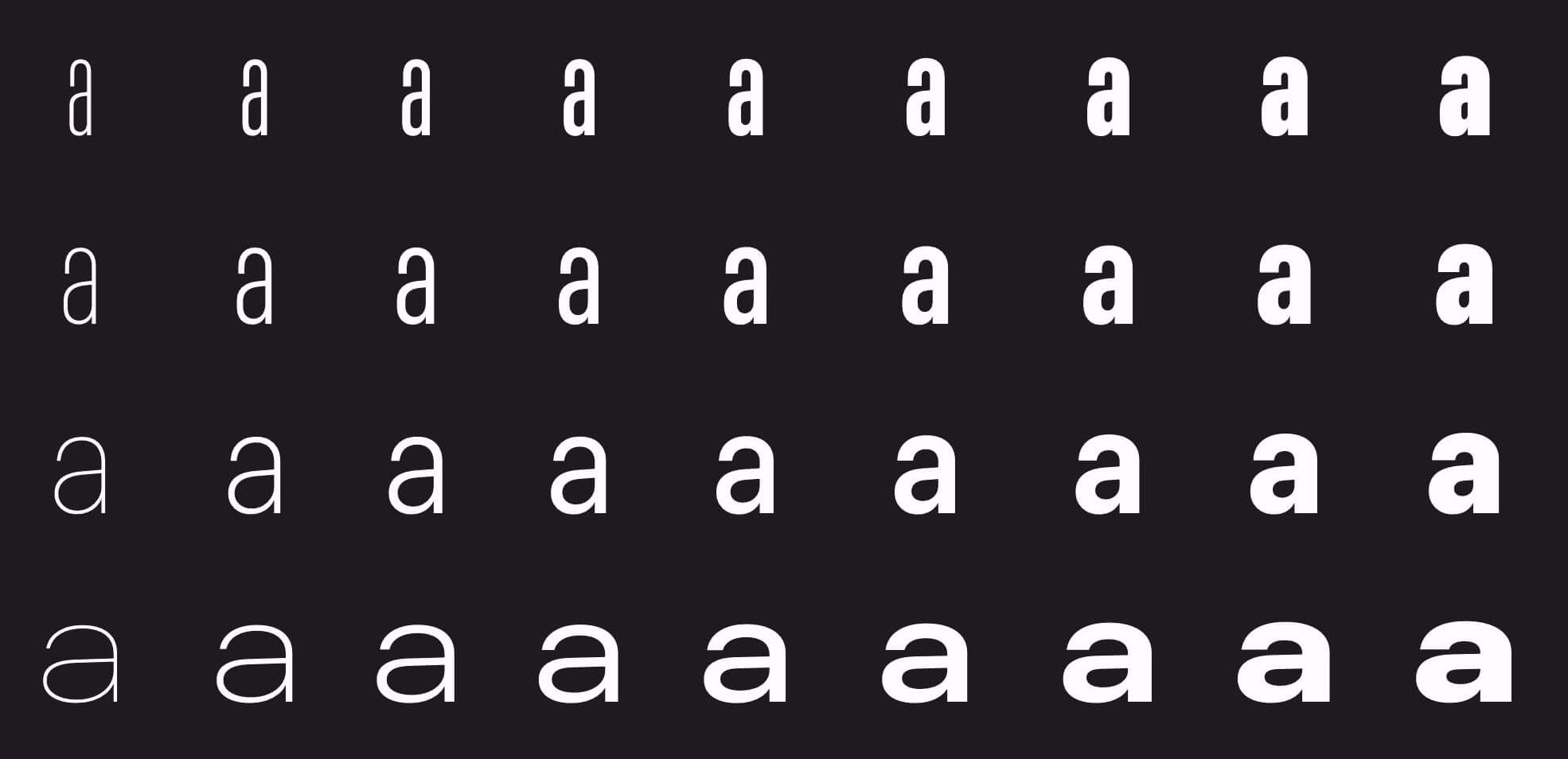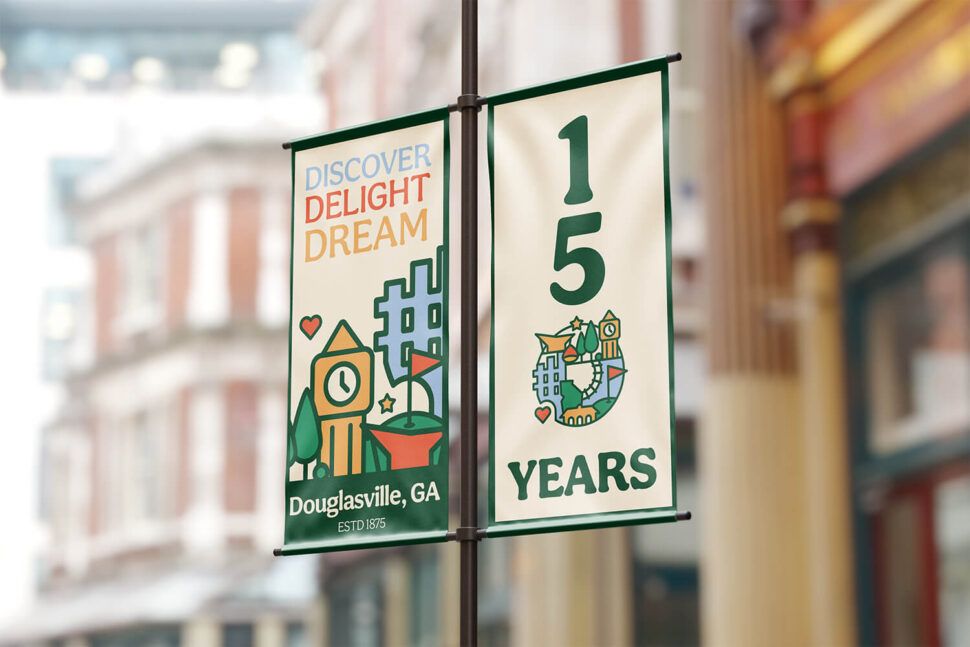
Typography has undergone remarkable transformations. Its journey from ancient inscriptions to modern digital fonts tells a fascinating story. Understanding this evolution highlights the advancements in communication and design. Let’s delve into how typography has evolved over centuries.
Early Beginnings: The Birth of Typography
The origins of typography date back to ancient civilizations. Early forms of writing appeared on clay tablets and stone inscriptions. Egyptians used hieroglyphs, while the Mesopotamians developed cuneiform script. These early forms laid the foundation for written communication.
A significant leap in typography came with the invention of the alphabet by the Phoenicians. This system simplified communication, allowing ideas to be more easily shared. Later, the Greeks and Romans refined these alphabets, leading to the creation of Latin script. This script became the cornerstone of Western typography.
The Middle Ages: Manuscripts and Calligraphy
During the Middle Ages, handwritten manuscripts dominated the typographic scene. Monks meticulously copied texts by hand, using intricate calligraphy. This period saw the creation of beautiful illuminated manuscripts. Each manuscript was a work of art, showcasing the skill of the scribe.
However, producing these manuscripts was time-consuming and labor-intensive. The need for a more efficient method of text reproduction became evident. This need paved the way for one of the most transformative inventions in human history.
The Printing Revolution: Gutenberg's Press
The 15th century brought a breakthrough with Johannes Gutenberg’s invention of the movable type printing press. This innovation revolutionized typography. For the first time, books could be mass-produced, making information accessible to a broader audience.
Gutenberg’s press used metal type pieces that could be rearranged and reused. This method was quicker and more economical than hand copying. It enabled the rapid spread of literature and ideas, fostering the Renaissance and subsequent cultural movements.
The Modern Era: Digital Typography
The 20th century introduced digital technology, transforming typography once again. Phototypesetting machines emerged, allowing for quicker and more precise type setting. Eventually, computers took over, with software like Adobe Illustrator revolutionizing type design.
Digital typography offers unparalleled flexibility. Designers can create and manipulate typefaces with ease. Today, web fonts and responsive design ensure that typography adapts to various screen sizes and devices. This adaptability enhances user experience and accessibility.
The Impact: The Evolution of Typography in Design
Typography is a crucial element in design. It shapes the readability and aesthetics of any text. Good typography guides the reader’s eye and conveys the intended message effectively. By selecting appropriate typefaces and layouts, designers can evoke specific emotions and responses.
Moreover, typography plays a vital role in branding. Unique typefaces can distinguish a brand, creating a memorable identity. Companies like Coca-Cola and Disney have typefaces integral to their brand recognition. In today’s digital world, custom fonts are used to reinforce brand consistency across various platforms.
The Future of Typography
The future of typography is promising. As technology advances, we can expect even more innovative typographic solutions. Variable fonts, which allow for multiple styles in a single file, are gaining popularity. They provide designers with flexibility while reducing page load times.
Artificial intelligence is also making strides in typography. AI tools can assist in font selection and design, streamlining the creative process. Additionally, augmented reality (AR) and virtual reality (VR) are offering new dimensions for typography. These technologies enable immersive typographic experiences.
In conclusion, the evolution of typography reflects humanity’s quest for effective communication. From ancient scripts to digital fonts, each advancement has improved our ability to share information. As we move forward, the possibilities for typography are limitless, promising exciting developments in the years to come.







